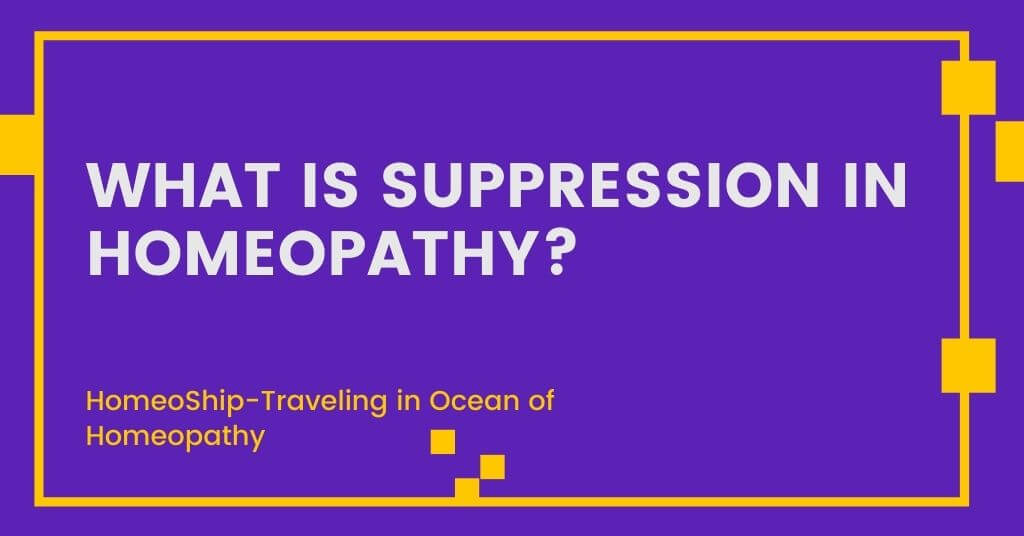William Lux formulated another system based on a cure by identicals and idem which we call Isopathy. Lux gives many examples like a recent case of frost-bitten limbs cured when frozen sour crout is applied or frictions of snow are used. The saliva of a mad dog was given to a patient laboring under hydrophobia, it is said to have cured him.
Hahnemann analyses this system & questions “The injury resulting from a blow on the fore head with hard substance (painful lump) is soon diminished in pain and swelling by pressing on the spot for a considerable time with the ball of the thumb, strongly first, and then gradually less forcibly, homeopathically, but not by an equally hard blow with an equally hard body which would increase the evil isopathically”
Experiences of a few senior physicians have shown that any disease for its cure requires similar measures (homeopathy) and not identical (Isopathy). Treating burns is not the same hot boiling fluid that is necessary as said in Isopathy, but similar fluids as medicines.
Dr. Benjamin Bell says, “One of the best applications to every burn of this kind is strong brandy or any other ardent spirit; it seems to induce momentary additional, pain, but it soon subsides and is succeeded by an agreeable soothing sensation”.
The greatness and superiority of the similia (homeopathy) over any other system was identified by even Hippocrates in the book “basil froben: 1538. Boulduc identified that Rhubarb is a good purgative because of its power to produce diarrhea. Deterding observed that Senna leaves relieve colic in adults because it can cause colic in healthy persons. Bertholon confers that electricity diminishes and relieves pain, because it has the capacity to produce the same.
Thoury understood that positive electricity possesses the power of quickening the pulse, but when that is already morbidly altered it diminishes its frequency. Von stoerk questions, “Stramonium produces mania and disorders of the mind, why cannot we try it in such cases of insanity”.
Danish army physician Stahl strongly believed in law of similia. He says, “The rule generally acted on in medicine to treat by means of oppositely acting remedies (contrarea contraris) is quite false and the reverse of what ought to be. I am in the contrary, convinced that diseases will yield to, and to be cured by remedies that produce a similar affection. I have treated a tendency to the acidity of the stomach by a minimal dose of sulphuric acid with the most successful result, in cases where a number of absorbents (solvent) remedies had been fruitlessly employed”. Thus, the law of similia was though identified by numerous physicians but it remained submerged until Hahnemann developed it into a unique therapeutic system.


